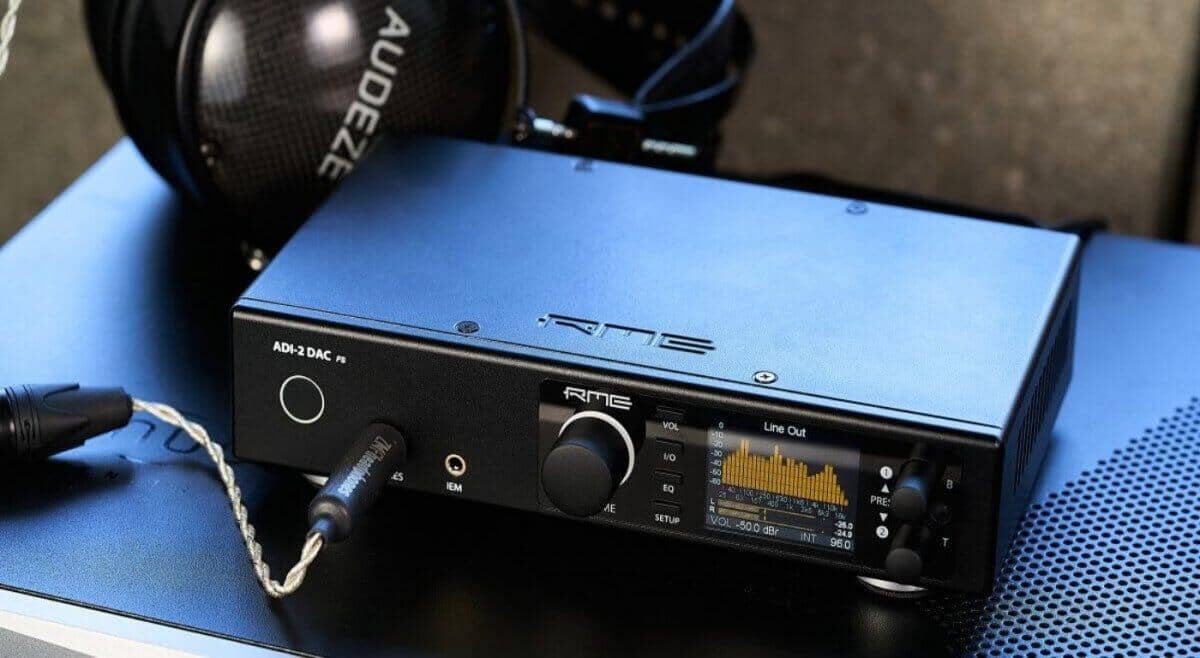Measured and reviewed by Amirm.

 www.audiosciencereview.com
www.audiosciencereview.com
I'll read now.

WiiM Amp Streaming Amplifier Review
This is a review and detailed measurements of the WiiM Amp streaming amplifier. It was sent to me by the company and costs US $299. I was pleasantly surprised by the good bit of weight this small box has. It will help it not slide with the weight of the speaker wires and such. Back panel shows...
 www.audiosciencereview.com
www.audiosciencereview.com
I'll read now.


